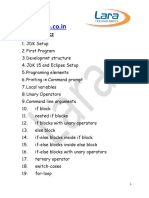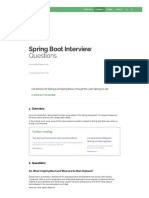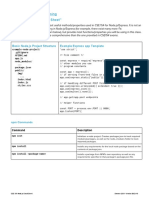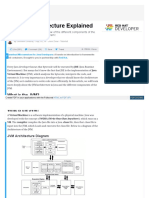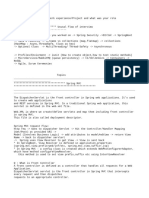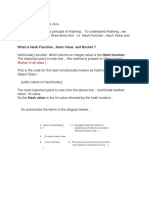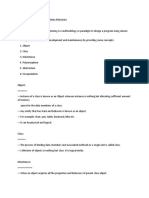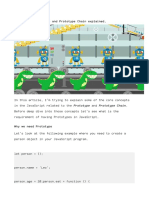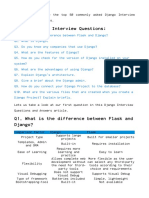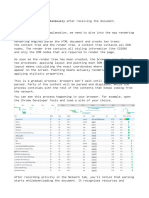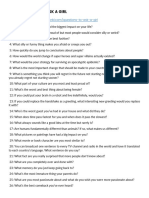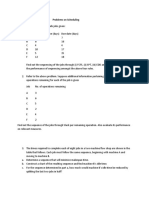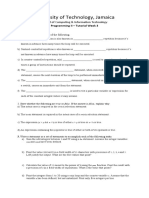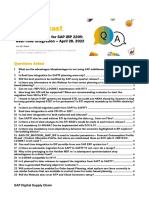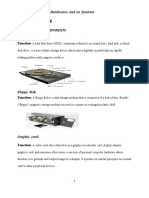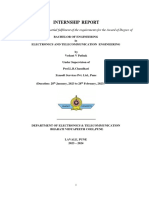0% found this document useful (0 votes)
21K views19 pagesBeginner Level Javascript Interview Questions and Answers For Freshers
The document discusses JavaScript interview questions divided into beginner, intermediate, and advanced levels. It provides answers to 22 beginner-level JavaScript questions covering topics such as the differences between JavaScript and Java, JavaScript data types, features, syntax, variable scopes, functions, objects, arrays, and cookies. Sample code is given for tasks like creating functions, objects, and arrays as well as reading, writing and deleting cookies.
Uploaded by
dorian451Copyright
© © All Rights Reserved
We take content rights seriously. If you suspect this is your content, claim it here.
Available Formats
Download as PDF, TXT or read online on Scribd
0% found this document useful (0 votes)
21K views19 pagesBeginner Level Javascript Interview Questions and Answers For Freshers
The document discusses JavaScript interview questions divided into beginner, intermediate, and advanced levels. It provides answers to 22 beginner-level JavaScript questions covering topics such as the differences between JavaScript and Java, JavaScript data types, features, syntax, variable scopes, functions, objects, arrays, and cookies. Sample code is given for tasks like creating functions, objects, and arrays as well as reading, writing and deleting cookies.
Uploaded by
dorian451Copyright
© © All Rights Reserved
We take content rights seriously. If you suspect this is your content, claim it here.
Available Formats
Download as PDF, TXT or read online on Scribd
/ 19




